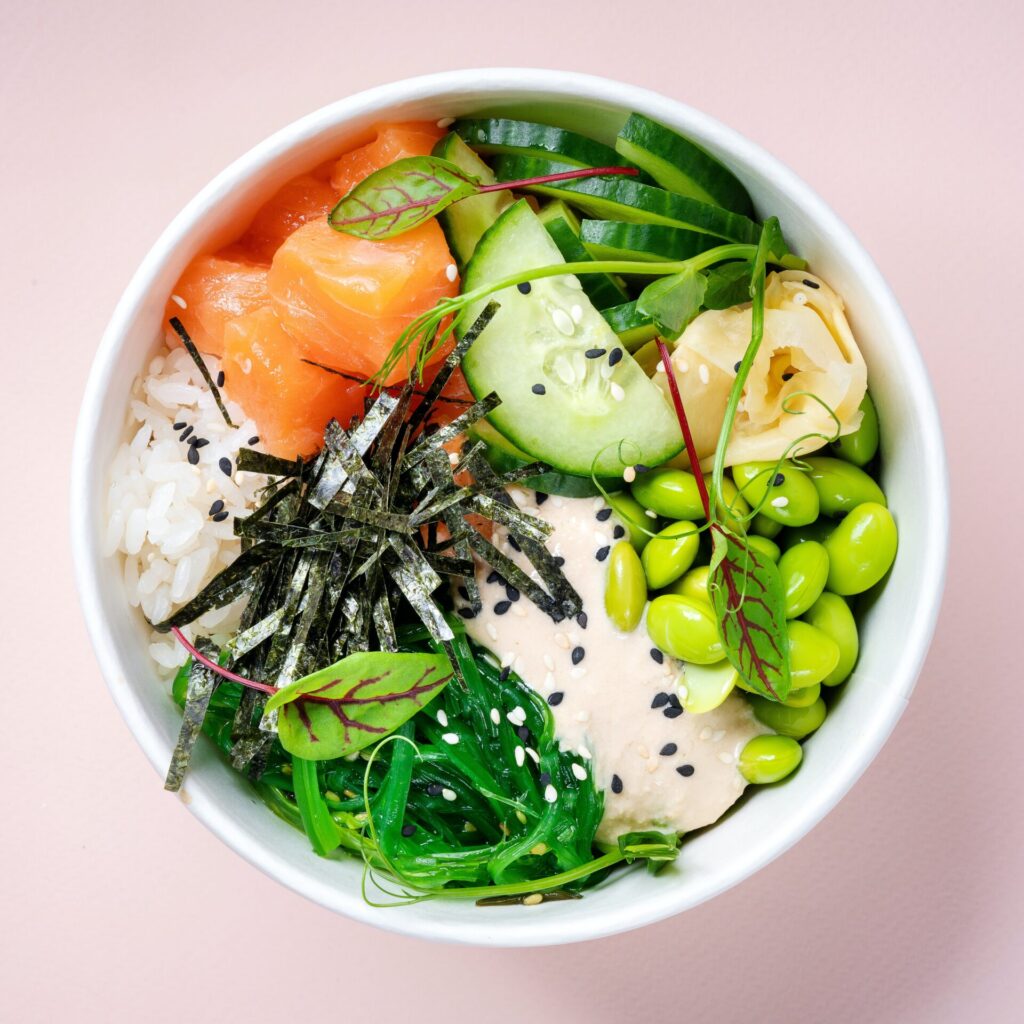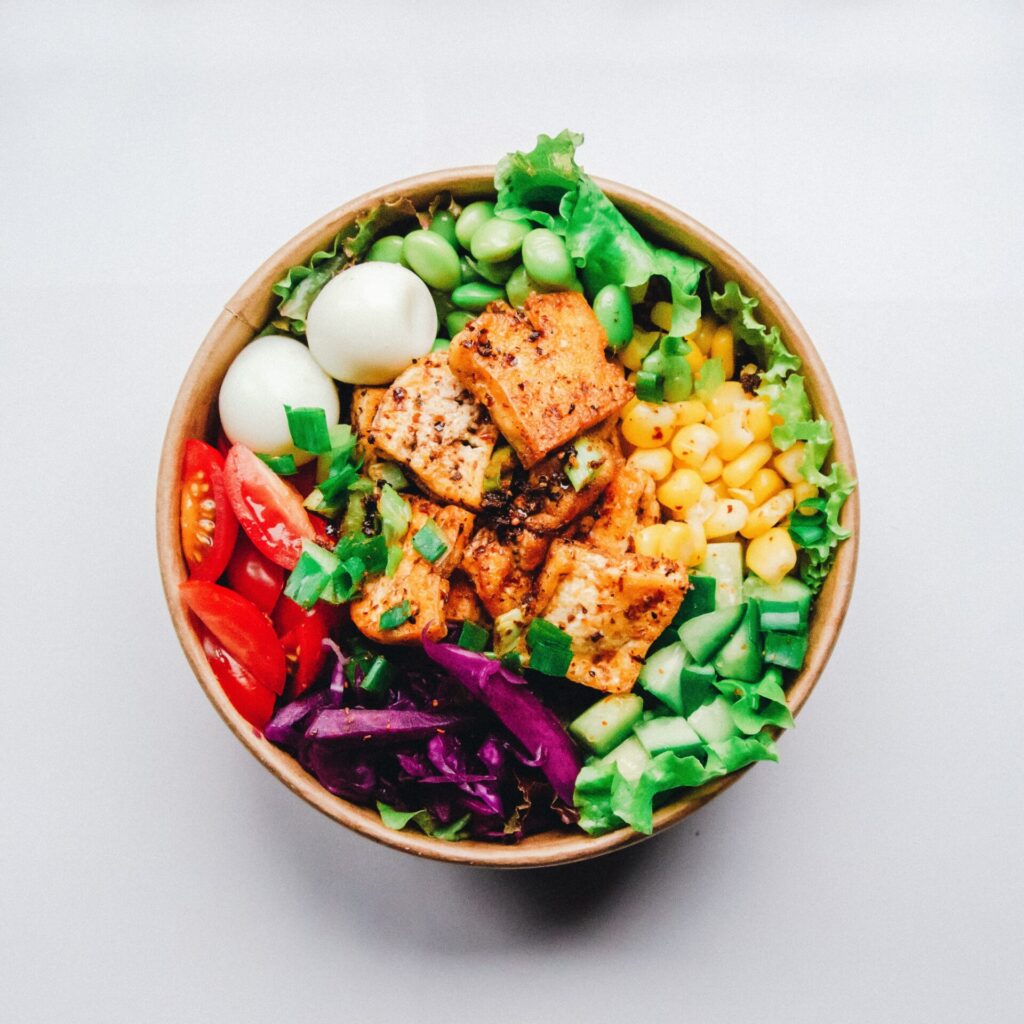Ride Hub: Bringing Mountain Bike Skills to Everyone, Everywhere
For more than two decades, Ride Technics has been helping riders sharpen their skills, from beginners tackling their first tr...
Women’s nutritional needs differ across various points of their life cycle, such as during pregnancy and breastfeeding, as well as menstruation and menopause. Likewise, women’s nutritional needs also differ to that of men. Therefore, there are a number of key nutrition-related factors to consider when it comes to women’s health.
The advice below is generalised, as specific nutrition requirements will differ depending on the individual.
Women’s iron needs far exceed their male counterparts due to the loss of iron during their menstrual cycle. For perspective, women require up to 18mg/day in contrast to men requiring 8mg/day. Requirements are also increased to 27mg/day during pregnancy. This incredibly important mineral plays a key role in transporting oxygen in the blood. An inadequate intake of iron can lead to a deficiency of varying degrees. Common symptoms of iron deficiency include tiredness and shortness of breath. Therefore it is important to check in with your general practitioner if you’re concerned about your iron levels.
Good dietary sources of iron include red meat, chicken and fish, as well as plant-based foods such as fortified cereals, legumes, nuts and leafy green vegetables.
Current guidance from the Heart Foundation recommends that the intake of red meat should be limited to less than 350g (cooked weight) per week. It is also important to note that iron absorption can be impacted by other compounds such as tannins (found in tea and coffee) as well as calcium. In contrast, vitamin C aids in iron absorption, so be sure to include vitamin C rich foods (think fruits and vegetables) when consuming iron-rich foods.
Due to reduced oestrogen levels (particularly after menopause), women have a higher risk of developing osteoporosis than men. Therefore, women’s calcium requirements increase from 1000mg to 1300mg/day from the age of 50 onwards. In order to prevent osteoporosis, it is incredibly important to consume adequate amounts of calcium across the entire life span. This is because adequate calcium intake earlier in life ensures peak bone mass is achieved and influences bone strength later in life. Good dietary sources of calcium include:


Similarly, vitamin D plays a key role in bone health due to the vitamin’s assistance in calcium absorption and maintaining bone strength. Women who have a darker skin tone or have limited sunlight exposure are at a higher risk of vitamin D deficiency. With that being said, it is important to be mindful of the risks associated with too much sun exposure, such as skin cancer. Striking a balance between both sun exposure and sun protection is key to ensure vitamin D requirements are met. Good dietary sources of vitamin D include:
Insufficient energy intake can occur when women aren’t eating enough to meet their nutritional needs. This can lead to fatigue, impact performance and impair basic physiological functions. This can have a flow-on effect and contribute to the development of health conditions down the track. Conditions such as menstrual dysfunction and low bone mineral density due to the body prioritising other essential processes over menstrual function and bone health are examples of this. Therefore, it’s important to ensure you are eating enough, particularly when you are physically active.
Overall, a balanced diet that includes a wide variety of foods from each of the five food groups, in recommended amounts, will provide women with the nutritional needs for good health. Thus, the Australian Dietary Guidelines are a great guide to food and nutrition, as they provide a framework for healthy eating for the general population. A guide to the recommended number of serves that women should be consuming per day, as well as what a serve actually looks like, can be found here.
Don’t forget! Women have increased nutritional requirements during both pregnancy and breastfeeding to ensure that the mother’s and baby’s needs are met. Therefore, for personalised and tailored women’s nutrition advice, find an Accredited Practising Dietitian near you. Similarly, for personalised and tailored sports nutrition advice, find an Accredited Sports Dietitian near you.
Written by Carly Booth. Accredited Practising Dietitian from Nutrition Australia Qld – a non-profit, community nutrition organisation that provides education, support and training to shape the health and wellbeing of our community to make informed food choices.
For more than two decades, Ride Technics has been helping riders sharpen their skills, from beginners tackling their first tr...
By Andrew DemackRoundabouts are one place in Australia’s road environment where the desire to enable the f...
When Harriet Muir returned to Brisbane in 2023, the question looming over her was simple: to buy a car, or not to buy a car?<...
Bikes are at the heart of what a lot of Bicycle Queensland staff and members do. A bike can represent freedom, escape, sustai...